Our introduction to conceptual poetry in ASTU 100 was Injun by Abel Jordan.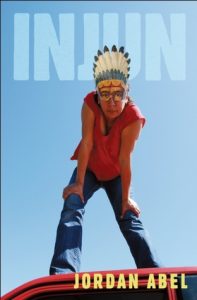 In this book of poetry he took sentences from 91 classic Western novels in the public domain that contained the word injun, and reorganized the text for his own purposes. The first section reads as “normal” poetry, if a little hard to decipher meaning from. Later parts of the first section start to have gaps until whole pages are jumbles of letters and partial words, some upside down. Then the words come back into legible lines, but completely upside down. The next section, notes, groups sentences containing other words like “land”, “bloody”, and “faith”, but cuts them off, not allowing the full sentences to be seen. The final section is all the source sentences, but blank where the word injun originally would have been.
In this book of poetry he took sentences from 91 classic Western novels in the public domain that contained the word injun, and reorganized the text for his own purposes. The first section reads as “normal” poetry, if a little hard to decipher meaning from. Later parts of the first section start to have gaps until whole pages are jumbles of letters and partial words, some upside down. Then the words come back into legible lines, but completely upside down. The next section, notes, groups sentences containing other words like “land”, “bloody”, and “faith”, but cuts them off, not allowing the full sentences to be seen. The final section is all the source sentences, but blank where the word injun originally would have been.
Something interesting to me about Injun that we haven’t talked about in class is that it takes the form of written English at all. Most Indigenous languages in the Americas, like Nisga’a, the language of the Nisga’a nation that Abel belongs to, didn’t have a written form prior to contact with Europeans. We’ve spoken about this in Linguistics 101 as we study the consonant structure of Halkomelem (or rather Hunquminum), the Musqueam nation’s language, that was and is spoken on the land UBC is currently situated on. We have discussed the different writing systems used for different local Indigenous languages, which differ quite a bit as they were put together quite recently. But Abel’s book is not about providing visibility for reality of Indigenous language and culture that was misinterpreted and discriminated against in such offensive ways in these Western novels. Instead he is taking back space in the traditionally European sphere of writing and publishing, warping others’ words and traditions of the English language, similar to how Indigenous ways of knowing were warped during colonization.
I find it relevant that Abel uses these English books because in some situations, this type of text that he uses as a source was all that was left to represent the rich and diverse Indigenous peoples of the Americas. In some ways these texts were basically all he had to work with to be able to confront the master narrative of the “Indian”, considering how many Indigenous languages were wiped out or are now severely endangered, how colonizers tried to erase entire cultures. I am reminded of the lyric “every word that I’ve got is foreign to me” from the song “Foreigner’s God”. There is some acknowledgement and perhaps anger comes through in Injun, that English is needed to reach the masses with Abel’s message. More than that, as well, Abel decides not to give away knowledge of more realistic representations to the space (literature) where these peoples were so disrespected. Instead he dives into what the harmful stereotypes really do in these texts.
Writing this analysis, I do not want to overstep and make too many assumptions in my reading as a settler, but I think considering and discussing the very language of the poem is relevant in this situation. These are merely some of my musings on its significance, but I do not know exactly the intentions of Jordan Abel beyond the concept of reclaiming that he discusses at the end of the book.
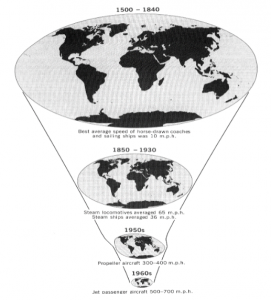

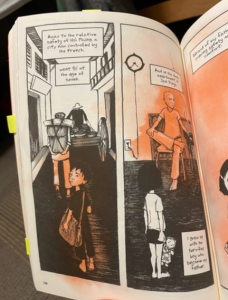
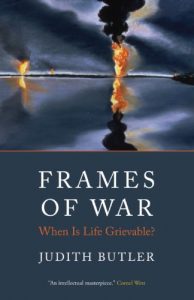 class, we have been discussing the third world debt crisis, its effects, and the economic side of globalization. I have never been great at following economic concepts, but through the lens of sociology I can get a good sense of the big picture in this situation. At the same time, in my ASTU 100 class, we are talking about
class, we have been discussing the third world debt crisis, its effects, and the economic side of globalization. I have never been great at following economic concepts, but through the lens of sociology I can get a good sense of the big picture in this situation. At the same time, in my ASTU 100 class, we are talking about 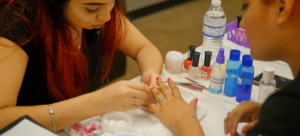 When we are getting goods like nice nails or hard-working childcare providers, we don’t worry about the consequences and sinister reasons we are able to access such luxuries. But we should. We prefer to turn a blind eye, but it is not a mystery, not hidden from the public—anyone can learn how serious the situation is if they care to look. I think the reason we remain willfully ignorant is related to Judith Butler’s frames of recognizability. I also think that the government has a large role to play in shaping those frames. If they are not protecting nail technicians from hazardous chemicals, or mandating vacation times for migrant nannies to see their own children and families, the general public is less inclined to care at all. However, the burden of changing people’s minds should not solely be on the government. The public has the ability to invoke pressure and change these situations.
When we are getting goods like nice nails or hard-working childcare providers, we don’t worry about the consequences and sinister reasons we are able to access such luxuries. But we should. We prefer to turn a blind eye, but it is not a mystery, not hidden from the public—anyone can learn how serious the situation is if they care to look. I think the reason we remain willfully ignorant is related to Judith Butler’s frames of recognizability. I also think that the government has a large role to play in shaping those frames. If they are not protecting nail technicians from hazardous chemicals, or mandating vacation times for migrant nannies to see their own children and families, the general public is less inclined to care at all. However, the burden of changing people’s minds should not solely be on the government. The public has the ability to invoke pressure and change these situations.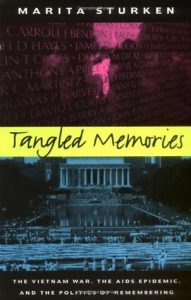
 I am reminded of É
I am reminded of É others don’t. What really brought the issue of nationalism in sports competitions forward for me recently was watching the absurd obstacle course TV show
others don’t. What really brought the issue of nationalism in sports competitions forward for me recently was watching the absurd obstacle course TV show 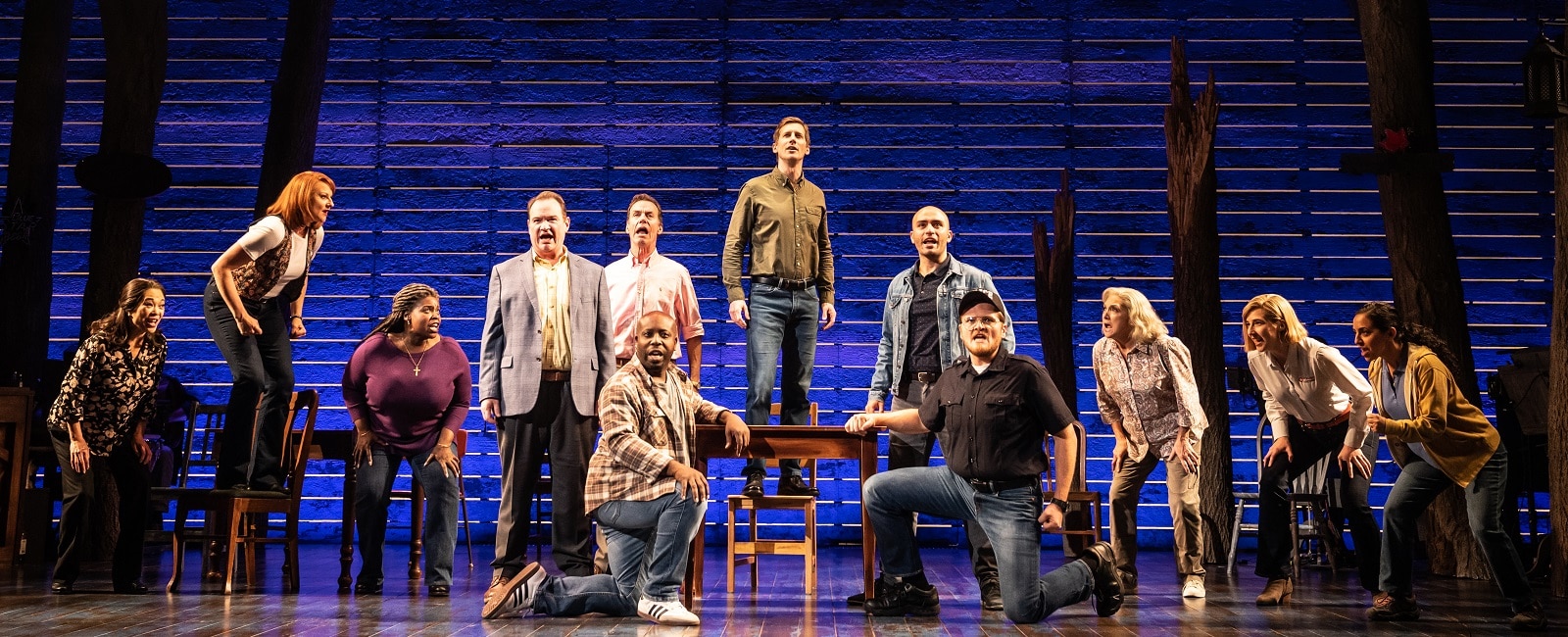
 sometimes wonder if it is appropriate. I am of the opinion that all stories should be told, and this is truly a beautifully told one. But the nature of Broadway amplifies it to a huge audience, when once it was a small news story. Is this a story that is important to tell now, after so many years? Three weeks ago, for the twentieth anniversary of 9/11, a professionally-shot video of the musical started streaming on
sometimes wonder if it is appropriate. I am of the opinion that all stories should be told, and this is truly a beautifully told one. But the nature of Broadway amplifies it to a huge audience, when once it was a small news story. Is this a story that is important to tell now, after so many years? Three weeks ago, for the twentieth anniversary of 9/11, a professionally-shot video of the musical started streaming on